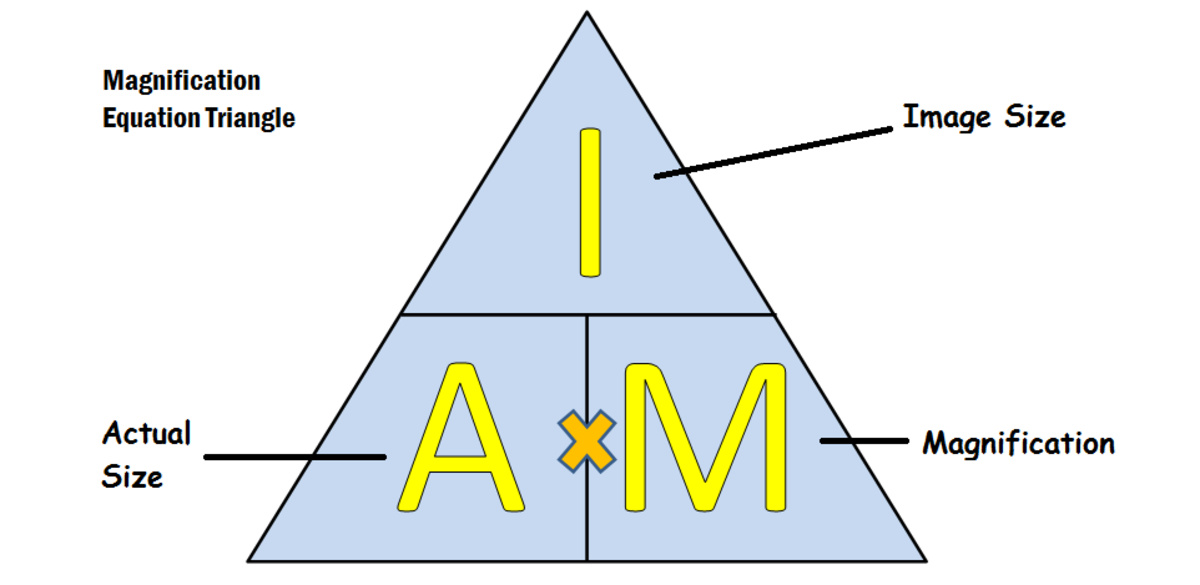LESSON 1
The first lesson wasn’t exactly a productive lesson. We made a video on sensitivity which is one of the seven qualities of biology. We could have made out video more informative as we were focusing more on the humor than the information
1 word describing your dominant emotion in the lesson:
- Funny
I also learned how to use final cut pro when I was editing this video.
M – Movement: an action by an organism or part of an organism causing change of position or place
R – Reproduction: the processes that make more of the same kind of organism
S – Sensitivity: the ability to detect or sense changes in the environment (stimuli) and to make responses
G – Growth: a permanent increase in size and dry mass by an increase in cell number or cell size or both
R – Reproduction: the process that makes more of the same kind of organism
E – Exertion: the removal from organisms of toxic materials, the waste products of metabolism(chemical reactions in cells including respiration) and substances in excess of requirements
N – Nutrition: the taking in of nutrients which are organic substances and mineral ions. containing raw materials or energy; for growth and tissue repair, absorbing and assimilating them
Oxygen – taken in during respiration
Carbon Dioxide – taken in during respiration
Cell division – the process by which we grow
LESSON 2
In this lesson, we were using microscopes to observe and measure onion cells. We learned how to set up a microscope. We also learned about universal measurements and how to convert measurements.
LESSON 3
We learned about the differences between animal and plant cells, how to carry magnification out calculations and how to draw and label them properly. We used microscopes to look at cheek cells and edola cells.
Magnification Pyramid:

Plant cell only:
- cell walls
- large vacuole
- chloroplasts
- flagella only in gametes
Animal cells only:
- no cell walls
- small or no vacuole
- no chloroplasts
- flagella
Both animal and plant cells:
- Mitochondrion
- Golgi apparatus
- Rough and smooth endoplasmic reticulum
- nucleus
- cytoplasm
- ribosomes
Lesson 4
We learned about organelles in animal and plant cells. We also focused on two cells and tried to pitch them to our class. I learned a lot of these names and functions in grade 6 however, I’ve forgotten most of them since then, so I need to work on re-learning them.
What is in an animal cell?
- Nucleus – controls the cell’s activities
- cytoplasm – chemical reactions take place here
- cell membrane – controls what enters and leaves – semi-permeable layer
What is in a plant cell?
- Nucleus
- Vacuole – keeps the cell firm
- Cell membrane
- Cytoplasm
- Chloroplasts – traps the sun’s energy
- Cell wall – fives the cell strength
What is a mesophyll cell?
- The inner tissue of a cell, containing lots of chloroplasts
Lesson 5
We learned about diffusion and semipermeable membranes. We did a lab using a semipermeable membrane and starch and iodine. This taught me about how the size and concentration of substances impact what passes through a semipermeable membrane. I’ve learned about diffusion in middle school and in physics but through this lesson, I strengthened my understanding. I understood that the cell membrane controlled what goes inside and what stays outside of a cell but I never knew how or why this happened, and learning about semipermeable membranes really cleared that up.
Diffusion is the net movement of molecules from a region of their higher concentration to a region of their lower concentration down a concentration gradient, as a result of their random movement.
Molecules transfer from a substance of high concentration to a substance of low concentration to reach equilibrium.
Lesson 6
In this lesson, we learned about osmosis. I’ve heard about osmosis quite a bit but I never really knew what it meant so it was really interesting learning about it this lesson.
Osmosis is a process by which molecules of a solvent pass through a semipermeable membrane from a less concentrated solution into a more concentrated one.
Osmosis is a specific type of diffusion involving a semipermeable membrane.
Lesson 7
This lesson we learned about hypotonic and hypertonic solutions and how they impact a cell. I had never heard these words before so this was all new to me. We did a lab where we put potato cylinders in different concentrations of salt to see how the different concentrations would affect the potatoes.
Hypotonic Solutions
has a lower concentration of solutes (dissolved substances) compared to the inside environment of a cell.
Hypertonic Solutions
has a higher concentration of solutes (dissolved substances) compared to the inside environment of a cell.
In a hypotonic solution, the water from the cell will leave the cell (high concentration to low concentration) to reach osmotic equilibrium. This causes the cell to contract




